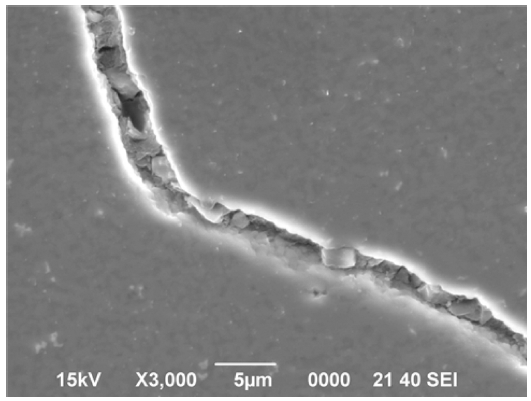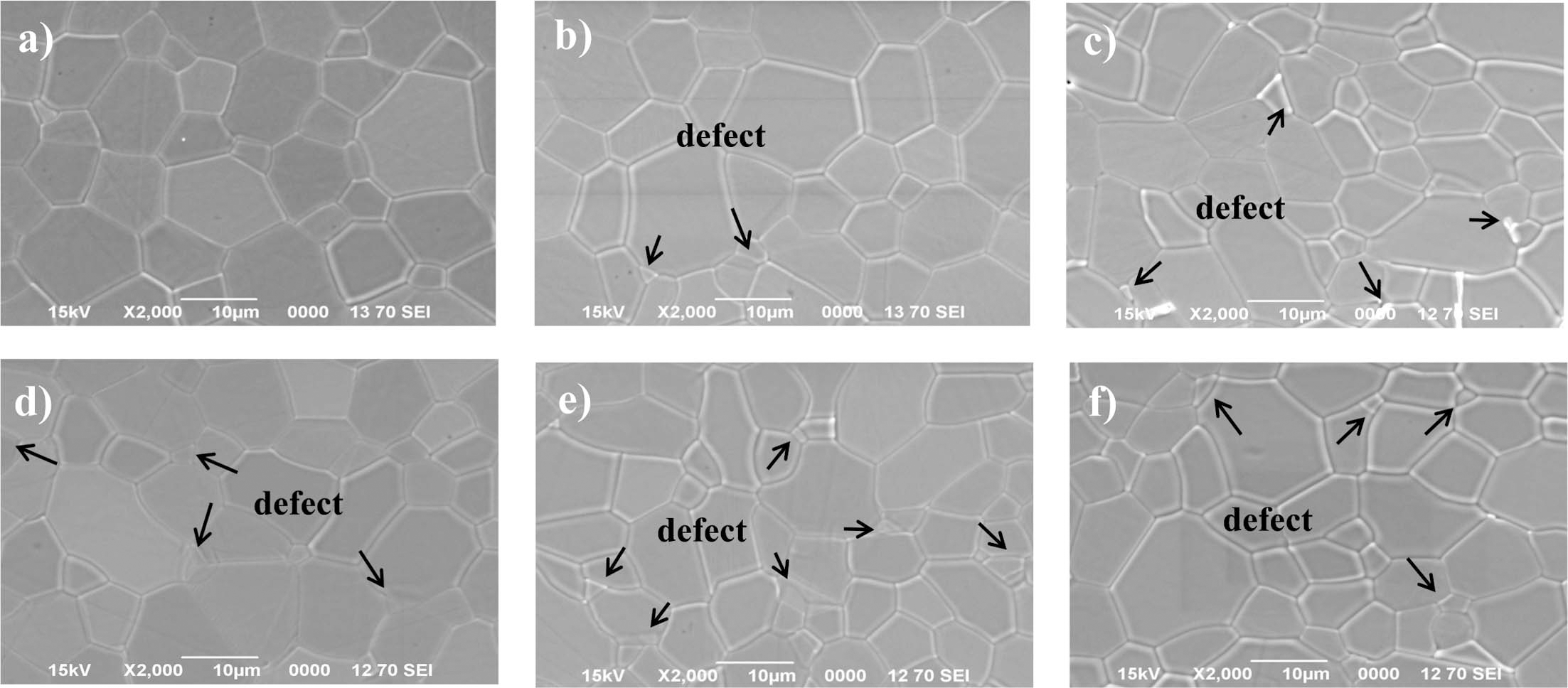Search
- Page Path
- HOME > Search
- [Korean]
- A Study on the Debinding Process of High Purity Alumina Ceramic Fabricated by DLP 3D Printing
- Hyun-Been Lee, Hye-Ji Lee, Kyung-Ho Kim, Sung-Soo Ryu, Yoonsoo Han
- J Korean Powder Metall Inst. 2020;27(6):490-497. Published online December 1, 2020
- DOI: https://doi.org/10.4150/KPMI.2020.27.6.490

- 980 View
- 7 Download
- 1 Citations
-
 Abstract
Abstract
 PDF
PDF The 3D printing process provides a higher degree of freedom when designing ceramic parts than the conventional press forming process. However, the generation and growth of the microcracks induced during heat treatment is thought to be due to the occurrence of local tensile stress caused by the thermal decomposition of the binder inside the green body. In this study, an alumina columnar specimen, which is a representative ceramic material, is fabricated using the digital light process (DLP) 3D printing method. DTG analysis is performed to investigate the cause of the occurrence of microcracks by analyzing the debinding process in which microcracks are mainly generated. HDDA of epoxy acrylates, which is the main binder, rapidly debinded in the range of 200 to 500°C, and microcracks are observed because of real-time microscopic image observation. For mitigating the rapid debinding process of HDDA, other types of acrylates PETA, PUA, and MMA are added, and the effect of these additives on the debinding rate is investigated. By analyzing the DTG in the 25 to 300°C region, it is confirmed that the PETA monomer and the PUA monomer can suppress the rapid decomposition rate of HDDA in this temperature range.
-
Citations
Citations to this article as recorded by- Fabrication and Optimization of Al2O3 Microchannels Using DLP-Based 3D Printing
Jun-Min Cho, Yong-Jun Seo, Yoon-Soo Han
Journal of Powder Materials.2025; 32(1): 59. CrossRef
- Fabrication and Optimization of Al2O3 Microchannels Using DLP-Based 3D Printing
- [English]
- Powder Injection Molding of Translucent Alumina using Supercritical Fluid Debinding
- Hyung Soo Kim, Jong Min Byun, Myung Jin Suk, Young Do Kim
- J Korean Powder Metall Inst. 2014;21(6):407-414. Published online December 1, 2014
- DOI: https://doi.org/10.4150/KPMI.2014.21.6.407

- 634 View
- 1 Download
- 1 Citations
-
 Abstract
Abstract
 PDF
PDF The powder injection molding process having advantages in manufacturing three-dimensional precision parts essentially requires a debinding process before sintering to remove the binders used for preparing feedstock. In this study, powder injection molding of translucent alumina was performed, and carbon dioxide (CO2) is used as a supercritical fluid that makes it possible to remove a large amount of binder, which is paraffin wax. The relationship between the optical property of translucent alumina and the debinding condition (temperature and pressure) of supercritical CO2 was investigated. As temperature and pressure increased, extraction rate of the binder showed rising tendency and average grain size after sintering process was relatively fine. On the other hand, optical transmittance was reduced. As a result, the debinding condition at 50° and 20 MPa that represents the lowest extraction rate, 8.19 × 10−3 m2/sec, corresponds to the largest grain size of 14.7 μm and the highest optical transmittance of 45.2%.
-
Citations
Citations to this article as recorded by- Experimental and numerical analysis of effects of supercritical carbon dioxide debinding on Inconel 718 MIM components
Dugauguez Olivier, Agne Aboubabky, Jimenez-Morales Antonia, Torralba José Manuel, Barriere Thierry
Powder Technology.2019; 355: 57. CrossRef
- Experimental and numerical analysis of effects of supercritical carbon dioxide debinding on Inconel 718 MIM components
TOP
 kpmi
kpmi


 First
First Prev
Prev


